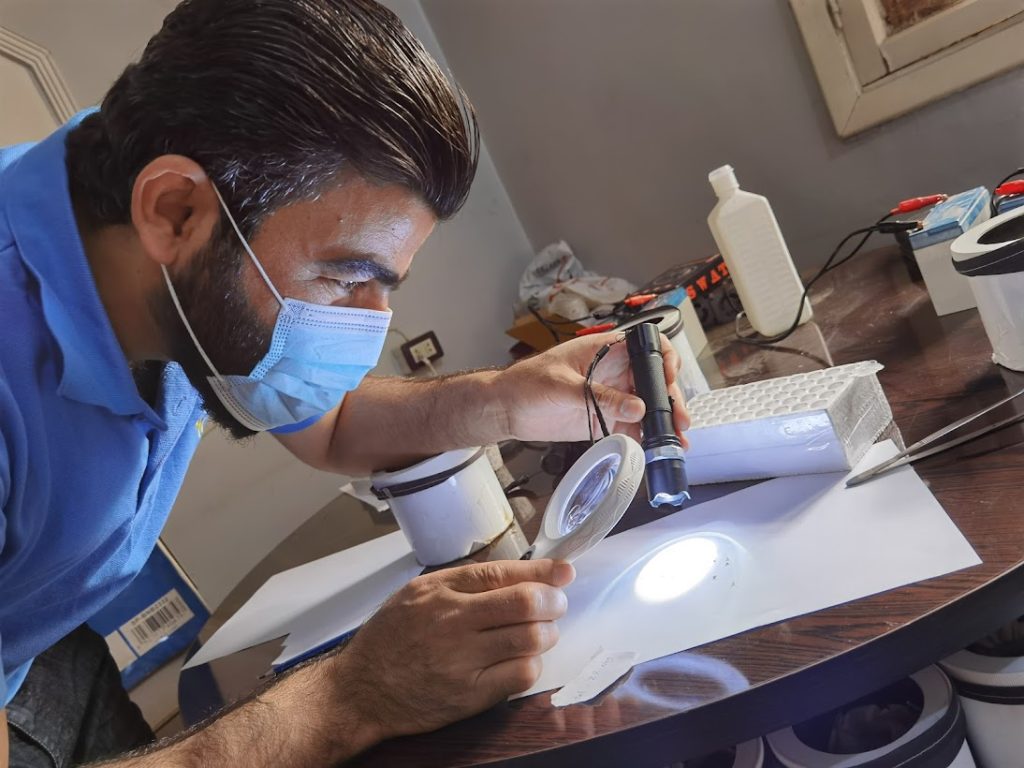A paper published in The Lancet Global Health journal in November is sounding the alarm about the growing threat of malaria potentially spreading to countries where the disease is not typically endemic.
The rapid increase in the population of an invasive species of mosquito Anopheles Stephensi across urban settings from east to west Africa, poses a viable threat of malaria spreading to warmer European countries around the Mediterranean over the next decade (1).
A stephensi, native to rural and urban China, parts of Asia and the middle east was first discovered in Africa in Ethiopia in 2012. Because it shares similar behaviour patterns to the Aedes mosquito, which is responsible for the ever-growing morbidity burden of the dengue virus (2) now present in 129 countries, urgent action is needed to control its spread.
Presented by The MENTOR Initiative, the paper outlines how A stephensi has adapted to breed, like Aedes, in man-made water containers in densely populated urban settings. This has huge implications for increased malaria morbidity and mortality potentially affecting millions of people.
With a large proportion of urban residents more immunologically susceptible than rural communities, patients that get infected with malaria are at greater risk of developing severe clinical symptoms with a proportionately higher risk of death.
Richard Allan, MENTOR CEO and lead contributor to the paper, said:
“The aggressive spread of Anopheles stephensi is closely linked to increases in population movement and rapid, unplanned urbanisation which leads to poor water quality, sanitation, water container removal and hygiene systems.
“But we can stop the spread of A stephensi in African urban settings by using improved community-based vector control practices that also target Aedes, such as managing water storage and waste removal; alongside targeted larvicidal source management and the use of new tools like spatial repellents and mosquito proofing of houses.
“We must escalate our response to stop the potentially rapid development of urban malaria transmission and the spread of dengue viruses and other Aedes-borne viruses.
“It is also important that the surveillance of A stephensi is integrated into new and existing entomological surveillance programmes in Europe.
“The technical challenges of controlling A Stephensi and malaria in African urban settings are no more complex than those used to control diseases that Aedes mosquitoes spread. This presents a real opportunity for disease control and health agencies working together with water and sanitation services and urban planners to effectively protect the millions of people at risk.
“The combined health effect of decisive, proactive, integrated control in urban settings across invasive disease vector species will achieve real impact for donor investment and renewed trust for the years ahead.”
Notes
- Projection based on the behavioural characteristics of A Stephensi; how the similarly behaved Aedes has spread and proliferated over 60 years; and factors such as rapid urbanisation, climate change and population movement.
- Estimates suggest dengue virus alone infects around 390 million people annually, with 96 million (25%) displaying clinical systems. (The global distribution and burden of dengue. Nature 2013; 496: 504-07.)
- The title of the paper: What sounds like Aedes, acts like Aedes, but is not Aedes? Lessons from dengue virus control for the management of invasive Anopheles

